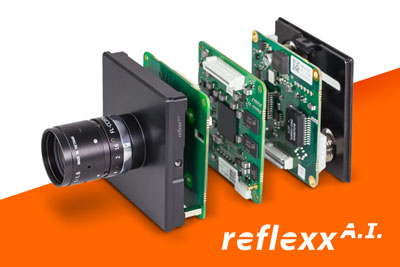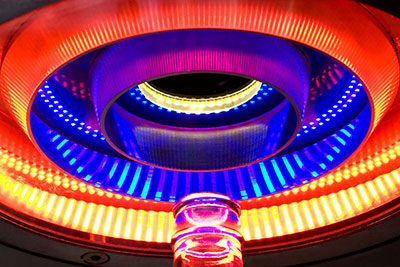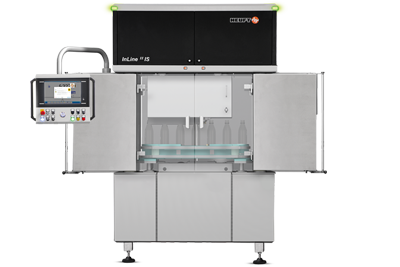不要忽略瓶口检测
过度压紧的瓶口存在安全隐患。因此,在灌装和封口前,必须对受影响的瓶子进行检测并剔除。为此,HEUFT研发了专门的检测技术,并在图像处理过程中结合了人工智能和智能算法。
有些人可能会错误地认为:如果空瓶检测系统未能检出问题,那么这些问题就不存在。此外,他们可能还认为人工智能无法自行区分关键缺陷与非关键缺陷。
然而,这种认识是有问题的!众所周知,成败往往取决于细节。因此,我们需要具备能够发现微小偏差的检测技术。而真正的智能图像处理技术则能够准确评估这些偏差是无害还是危险。
对关键缺陷的精确评估至关重要
然而,完全依赖基于深度学习的神经网络来独立判断缺陷,类似于让它在“黑盒子”中操作,这样的方法并不理想。人工智能可能错误地将关键问题归类为非关键,从而带来不可接受的高风险。
一个典型的例子是玻璃瓶内边缘向上突出的问题。这种过度压紧的封口有时由玻璃厂生产出来后,在封盖过程中,常会在密封面上产生锋利的边缘碎片。这些碎片可能会掉入瓶内,对消费者的健康构成威胁,这是一个众所周知的安全隐患。
人工智能助力避免产品召回
回顾30年前,一家大型国际酿酒集团因问题产品召回了1700万个容器。这一事件凸显了严格检测产品质量的重要性。因此,不能因为人工智能可能误判,或这些缺陷不容易被识别,就故意忽视不合格的瓶口缺陷。更重要的是,即使在生产线以每小时78,000瓶的高速运行的情况下,也必须可靠地检测出每一个关键的表面处理缺陷,并对其进行有效分类。HEUFT技术使这两者成为可能:
- 我们卓越的色彩表面检测技术能够精确识别微小的多余材料,为人工智能进行深入评估提供了坚实基础。在这一过程中,关键因素并非仅仅是高分辨率摄像头,还包括精心设计的照明系统、视角调整以及特殊的光学技术,如明暗视野检测等。这些元素的巧妙组合,确保了检测过程的高精度和可靠性。
- 我们的HEUFT reflexx A.I. 智能实时图像处理系统,不仅依赖于人工智能,还将人类智慧、知识和经验融入机器学习中,确保对识别出的物体进行精准评估。例如,我们深知过度压紧的封口可能导致瓶子受到危险玻璃碎片的污染,这种情况曾引发过大规模召回行动。因此,我们的系统能够有效识别并防范此类风险,保障产品质量和消费者安全。
避免误解
在使用HEUFT reflexx A.I. 全表面空瓶检测系统时,我们绝不能将瓶子表面的材料过剩视为无害偏差。受此问题影响的容器也应被剔除。人工智能与人类智慧的结合有效防止了此类误判,并且通过持续优化,我们能够进一步降低错误剔除率,确保仅将真正不关键的部分视为非关键。




